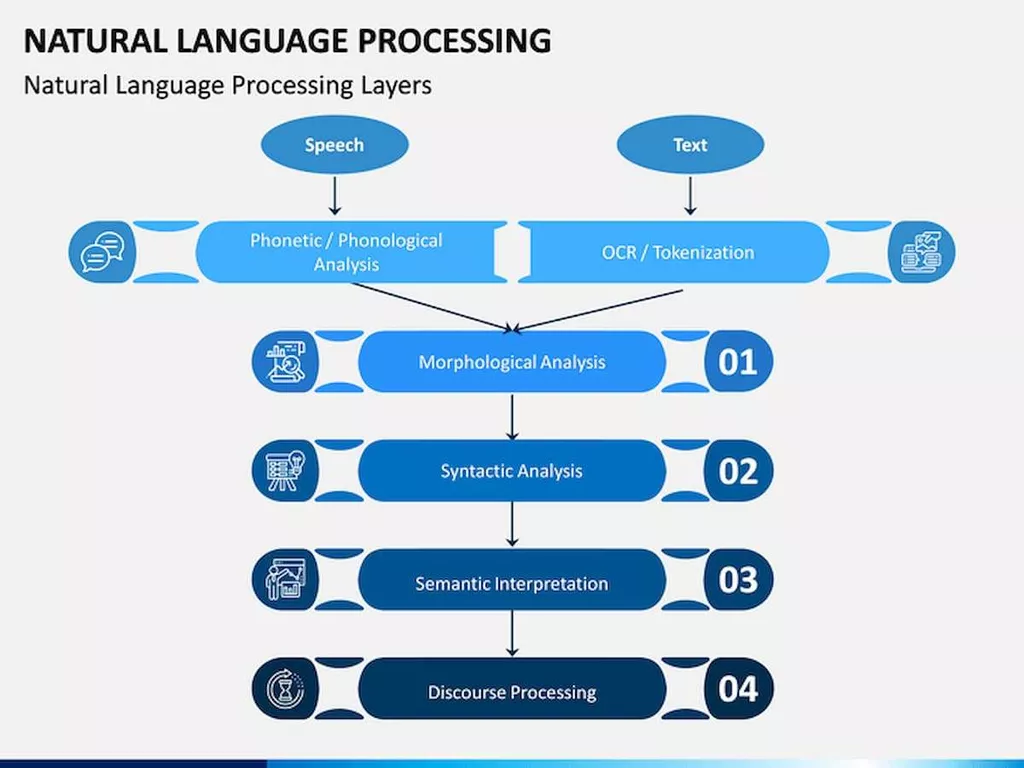The author has managed to provide a clear action plan for creating data analytics and its management a key function in a modern enterprise. In today’s era of digital transformation, data and information are more important than ever. But deep understanding of how to manage data and information properly is in short supply. If you are using digital transformation to improve your business performance, this book and its discussion of data’s role in improving business performance is for you.
Goals are defined for an object that is to be the focus of measurement. There’s a reasonable amount of work going into this approach, James notes, especially regarding data gathering, but much of it is repeatable. You’ll likely find that you’re using the same metrics to answer multiple questions. A single goal can break down into a number of metrics – it could be three or four, but can add up to 50 or more. Crucially though, combined they give you a comprehensive view on whether you’re achieving your goal.
Goals (conceptual level): Define the purpose, vision, and objectives of an initiative.
From here, the two methods diverge — while OKR proceeds to Key Results, GQM has you ask questions. Servers are a high priority to protect because they house data, which are susceptible to the most common attack techniques – this is what the adversary is going after to encrypt, to steal, or wipe. Using a vulnerability or active scanning tool, you can fingerprint the operating systems deployed on the network and see which are servers.

Questioning helps identify responsibilities, constraints, and prerequisites. It also reveals interrelated goals and their purpose in the context of the initiative being questioned. Setting a goal for an initiative is never easy, especially when you consider the different quality what is goal question metric models that are always in play. Different points of view can make it easier to decide which model applies best to your environment. So this is how questions and metrics are specified for one goal and for each goal in the scenario, a similar procedure is to be performed.
Improve your Coding Skills with Practice
How can you measure and evaluate software quality in a systematic and meaningful way? One possible answer is the Goal-Question-Metric approach, a method that helps you define and align your quality goals, questions, and metrics. In this article, you will learn how to apply the GQM approach to your software projects and how it can benefit your software engineering process. Assessing the security of data stored in cloud storage can be carried out by developing goal-based measurement items. The measurement items can be utilized to construct a security assessment model based on practical needs. The measurement items can assist in acquiring support decision making on the implementation of a security frameworks.

Goal, Question, Metric is an approach developed in the early 1980s, piloted at the NASA Goddard Space Flight Center; it is used to derive useful measurements from one or more goals. LeadingAgile Senior Consultant Derek Stanley joins Dave Prior to discuss GQM . In the implementation phase, you collect and analyze the metrics according to your plan. You may use various methods and tools to gather and process the data, such as surveys, interviews, observations, logs, or tests. You should also ensure the validity and reliability of your data and address any issues or limitations that may affect your results.
Goal One: Maintain a maximum level of customer satisfaction
By mapping business outcomes and goals to data-driven metrics, we can form a holistic picture of the Agile environment and clearly articulate how we are doing across the span of the enterprise. A GQM model is developed by identifying a set of quality or productivity goals. Questions are derived for object of measurement to define the goal as completely as possible. This week we take a short trip back into the world of data science to introduce a framework we’ve adopted to support the delivery of Security Insights to our customers. We will provide example metric sets for each tier and explain the goals and questions that drove us to them.
- That model takes quality criteria coupled with metrics collected throughout the lifecycle to provide feedback on quality.
- It’s not just for asset management, but multiple security domains – vulnerability and patch, user awareness, PAM and IDAM, and more.
- Dr. Southekal’s book presents such an approach based on the GQM method for transforming business data into an enterprise asset.
- It also attempts to provide practical guidance and example of measurements using GQM.
- Look at the examples above and notice how their Key Results are basically arbitrary.
It’s not just for asset management, but multiple security domains – vulnerability and patch, user awareness, PAM and IDAM, and more. The “Goal-Question-Metric” approach is a proven method for driving goal-oriented measures throughout a software organization. With GQM, we start by defining the goals we are trying to achieve, then clarifying the questions we are trying to answer with the data we collect.
How to craft good Objectives and Key Results in OKR and Run OKR on a Big Scale
Novel application of GQM towards business data are described. Specifically in the software engineering areas of Quality assurance and Testing, GQM is used. Dr. Southekal provides valuable insights on data and information management in mostly short and clearly written sections. Anyone interested in the data-driven company should read this book and learn about the hurdles on the road to be data-driven, and his valuable suggestions on how to overcome them. His wisdom may prevent some of the failures that helped him learn. This book is one of the most practical sources for how companies can greatly improve their bottom line by improved data management and becoming a data-centric company.

GQM is not intended to replace other metrics, but rather provide a different way for solving problems. The GQM approach fosters learning and improvement—what we learn from one initiative informs us about what to do differently or better with the next. You establish goals for an initiative, considering the quality of that initiative from various perspectives and in a variety of contexts. GQM approach has three levels – Conceptual level, Operational level, and Quantitative level. This chapter gives an overview over the Goal-Question-Metric approach, a way to derive and select metrics for a particular task in a top-down and goal-oriented fashion.
GQM Explained
Prashanth rightly believes and demonstrates that data is not an asset of the IT team and is an organization-wide asset. He proposes the need for the chief data officer as a role that should anchor data and report to the CEO, and manage the stakeholders’ data needs. Metrics are an extension over quality measures because they explicitly include subjective and objective measures. Not necessarily missing from McCall’s model but not explicitly called out either. Questions aided by goal coordinates motivate quality criterion that connect goals to metrics.
The metrics obtained will assist organizations to meet their requirements for a cloud storage security framework. The GQM approach is a framework that helps you plan, monitor, and improve your software quality by linking your quality goals to specific questions and metrics. The idea is to start with a high-level goal that expresses what you want to achieve or improve in terms of quality, such as usability, reliability, or performance. Then, you formulate a set of questions that help you understand and evaluate how well you are meeting your goal.
GQM Approach: Agile Metrics
Below is the GQM for “Improve Company website”, shown graphically. The shaded areas represent progress over time towards questions. GQM’s multiplicity of questions for any Goal permit a more fine-grained understanding https://www.globalcloudteam.com/ of progress towards it. Define an objective and choose a few key results that if satisfied, indicate you got there. Look at the examples above and notice how their Key Results are basically arbitrary.




